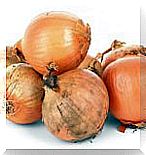Growing Aloe Vera Yourself
It is always better to use natural remedies in their most natural form – so why not grow your own aloe vera yourself?

We all know how many beneficial properties aloe vera has. But where do you get fresh aloe vera from if you don’t have your own plant? Can you grow aloe vera yourself ?
Buying the pure gel in the long term is expensive and this gel is often mixed with preservatives to make it durable.
It’s always better to use natural remedies in their most natural form – so why not grow your own aloe vera yourself ? We’ll tell you how to do it here!
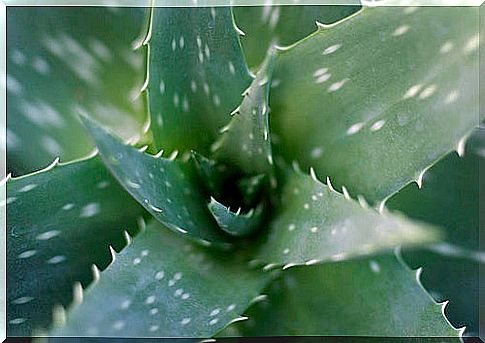
preparation
In order not to have to stop in the middle, have everything you need ready before you start. You will need: a medium-sized flower pot. It should have a hole in the bottom that you place a pottery shard over. This allows excess irrigation water to run off and prevents waterlogging.
Waterlogging can lead to root rot and kill your aloe vera plant. Put a layer of coarse gravel over the pottery shard to create a drainage layer.
You will also need enough potting soil to fill the pot well. Ideally, mix the soil with some sand and peat to keep it loose.
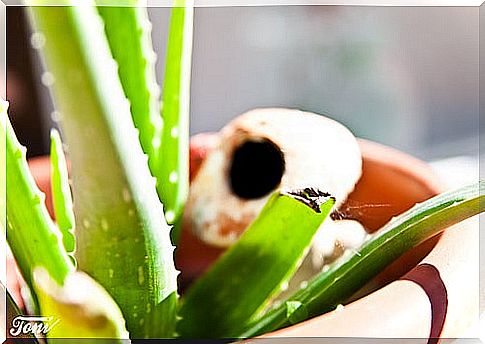
Which aloe plant to take?
There are over 200 types of aloe vera plants. They differ mainly in their growth. Some species grow quite quickly and reach sizes that are ideal for the conservatory but bad for the windowsill.
Such large species are ideal if you need a lot of aloe vera because you use it regularly and process larger amounts in smoothies, for example.
Small-grown species are ideal if you only want to harvest a leaf occasionally, because you only use aloe vera as “emergency medicine” for burns etc. If you want to grow aloe vera yourself, you should choose the right type for you.
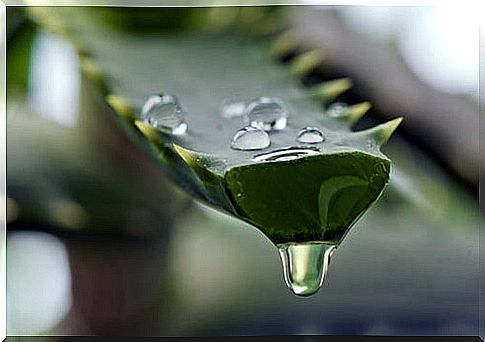
Select offshoot
Aloe Vera plants constantly form new, small offshoots on the “mother plant”. This gives you the opportunity to get to know the “adult” plant and how it grows.
Pick one of these little seedlings for yourself. It should be a bit bigger and ideally already have some roots. Be careful not to damage the roots when you remove your new little aloe vera “baby” from the mother plant!

Plant offshoots
Now fill the pot with some soil on the gravel layer. Then hold your plant in the pot and fill it with soil. Press the earth well. Then add water and shake the pot gently until the water has drained away completely.
This will ensure that the soil also gets into the small spaces between the roots. In the first week you can put a freezer bag over the pot to give the aloe a protective climate and to encourage it to grow.
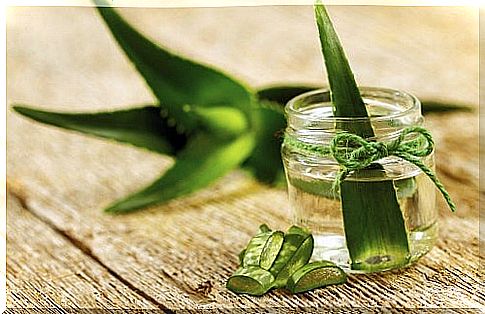
Maintain aloe vera yourself
Aloe Vera is an undemanding plant in itself. It grows in Africa and is used there, for example, on roadsides, to delimit gardens and to border trees and flower beds.
It tolerates drought and loves the sun! As long as your aloe vera plant is still small, you should water it regularly. Once it has grown in well and has new roots, don’t blame you if you forget to water it.
Place them in the blazing sun, this can be a window sill on a south-facing window, a sunny balcony, your garden or your sun terrace.
In winter, however, the aloe vera plant definitely has to go indoors, it cannot tolerate the cold! So think carefully about where you have space for your new medicinal plant in winter!
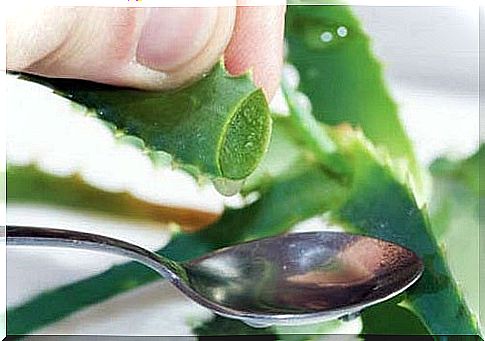
Aloe Vera Babies
Your aloe vera plant will also develop small “babies” at some point. You can then carefully detach them from your mother plant and plant them according to the method described above. How about a row of aloe vera plants in the window box?
You don’t always have to think about watering and if you are lucky the plants will bloom yellow or white! Since aloe vera is a well-known and popular medicinal plant, you will always find many grateful buyers for your “aloe babies”.
Advertise your little “breed” in forums, on the Internet or in local advertising papers and get others excited about the old medicinal plant!


